Components and board quality
I sent all my impressions and notes to Creative at the time, but am still waiting to hear back. Well, sitting out is apparently also a solution. They had enough time, but that’s why I’m writing the review anyway. I find the product generally okay, but some things just do not go at all. Especially not in this price range, which makes me sour on many a cheering review. Let’s start with the PCB of the front panel.
We find a generic 32-bit Arm microcontroller on the left with Cortex-M0 cores, 128 KB of flash and 8 KB of SRAM. In addition, there are two 12-bit ADC with 3 Msps sampling speed, one I2C interface and two SPI interfaces. On the right we see a TM1629C from Titan Microelectronics for driving the LED display. The solder quality and lots of flux residues annoy me. Why this has to look like this is really a mystery to me.
The rest of the PCB from Shenzhen PCB-ZY Circuit Co. Ltd is just as bad and I really wanted to clean the whole thing. Ok, not my construction site, but that’s not possible at all.
Now we come to the more pleasant part, the motherboard. You could call it good, if it wasn’t for the story with the RCA jack. But never mind, let’s get to the rest. The heart is the expected X-Fi chip as an audio processor for all the promised X-Fi features, whereby it is confusing that the top model simply does without the Super X-Fi features. Incomprehensible. Another chip would have fit as well.
The ATS2835 is quite interesting. It is a 240 MHz RISC-32 CPU with a 400 MHz CEVA DSP core and internal flash memory as well as DRAM. The chip offers echo cancellation, noise reduction and various sound effects up to virtual surround. However, the Bluetooth 5.0 functionality (including backwards compatibility) is more interesting here. AVRCP V1.6, A2DP V1.3 and HFP Profile V1.7 are on board, Secure Simple Pairing is supported as well as all the low power modes.
Likewise, the chip has a stereo 24 bit input Sigma-Delta DAC with sample rates up to 96 kHz. The similar ADC also supports sample rates up to 96 kHz. In addition, digital and analog microphones are supported. In addition, the audio interfaces: I2S TX and I2S RX*2, SPDIF TX as well as RX with sample rates up to 192 kHz. However, LDAC, aptX, AAC, aptX Adaptive and aptX HD are not supported, which is a bit surprising considering the claim. That could be an absolute exclusion criterion for many potential buyers.
Cirrus’ CS43198 is a very good DAC (digital-to-analog converter) with low power consumption that also offers good audio performance. It has a high impedance of 600 Ω, a dynamic range of 130 dBA, a THD+N rating of -115 dB, and a channel separation of >110 dB. To minimize pre-echoes and residual artifacts, the CS43198 is equipped with proprietary digital interpolation filters that support five selectable digital filter responses. Filter options include low group delay with pseudo-linear phase and fast or slow roll-off. A patented on-chip DSD processor supports up to DSD256 in direct mode to maintain audio integrity by providing non-decimating soft slope volume control and 50 kHz filtering, as recommended in the Scarlet Book. Analog output level adjustment and channel mixing allow for a seamless transition between DSD and PCM playback paths.
The CS5361 (pictured below, right) is a complete audio A/D converter (ADC) for digital audio systems. It performs sampling, A/D conversion, and anti-aliasing filtering to produce 24-bit values for both left and right inputs in serial form at sample rates up to 192 kHz per channel. The CS5361 uses a fifth-order multibit delta-sigma modulator followed by digital filtering and decimation, eliminating the need for an external anti-aliasing filter. The ADC uses a differential architecture that provides excellent noise rejection.
The highly integrated CS5345 stereo audio-to-analog-to-digital converter (pictured above left) features an integrated analog front-end with 6:1 stereo input multiplexer. Also included is a programmable gain amplifier (PGA) capable of providing ±12 dB of analog gain in 0.5 dB steps with zero-crossing, click-free transitions. A pair of inputs has a dedicated mic preamp in its path that provides 32 dB of gain, and a low-noise mic bias is also available. Stereo A/D conversion is based on multibit delta-sigma architecture.
The CS5345 supports 24-bit conversion and sample rates up to 192 kHz. A high-pass filter is included to remove DC offsets, and a dedicated pin is available to detect overflow conditions. For the X5’s microphone quality, this is certainly not a bad choice. The Texas Instruments MC33078 connected to each DAC per channel is a dual low-noise, high-speed operational amplifier that is popular in circuits like this. There are no more secrets here for now, but it’s solid.
The total of four headphone output stages (stereo, unbalanced with one output stage per channel, or balanced with two output stages per channel) are discrete with two BD140s each as quasi-complementary power amplifiers. With appropriate cooling and supply voltage, up to 5 watts could certainly be realized per channel, but Creative has dispensed with any cooling and significantly reduced the power. These epitaxial planar transistors are not a bad choice per se, but the topology of the circuitry determines the achievable quality.
I’m done with that for now, clean the board and screw everything back together. Of course I tested the part before the teardown, because you never know…















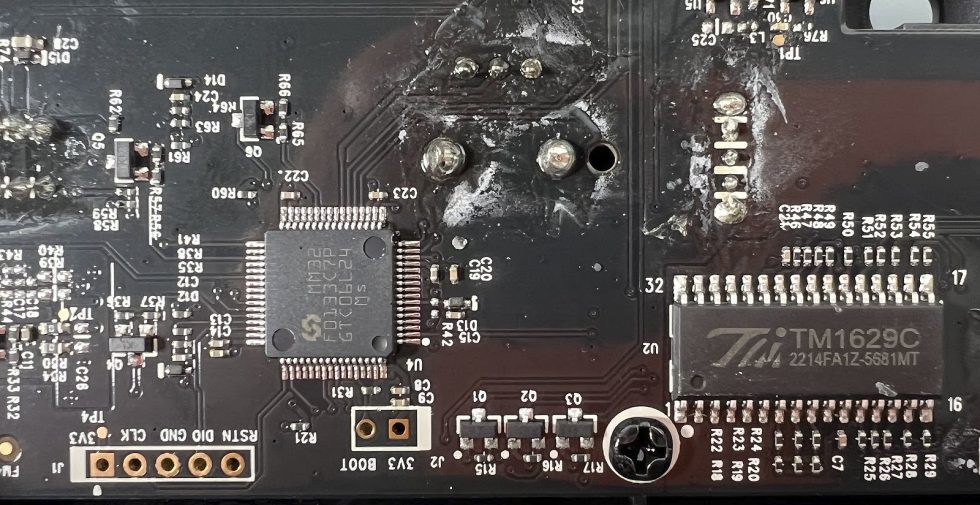
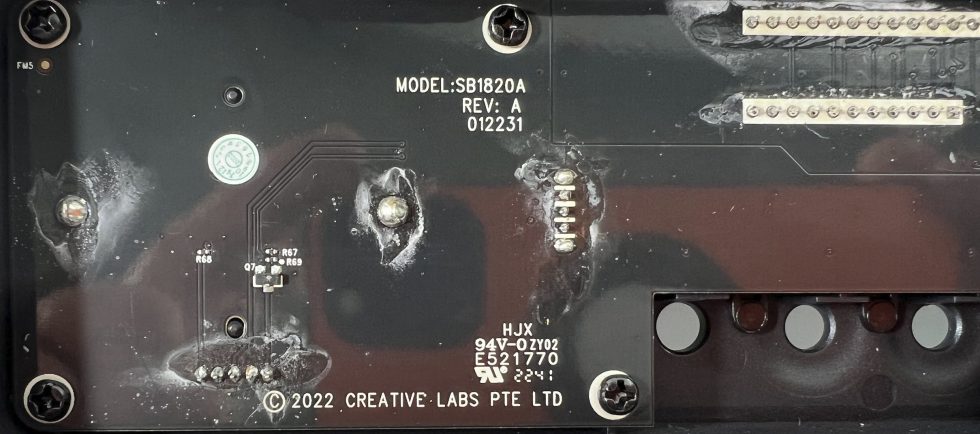
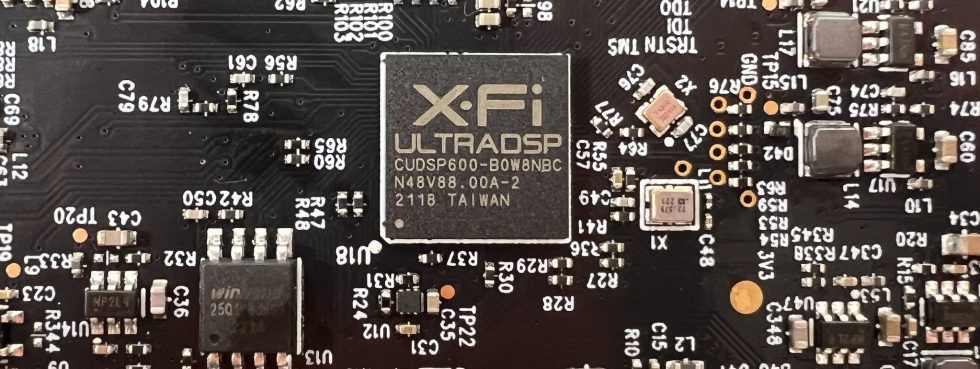
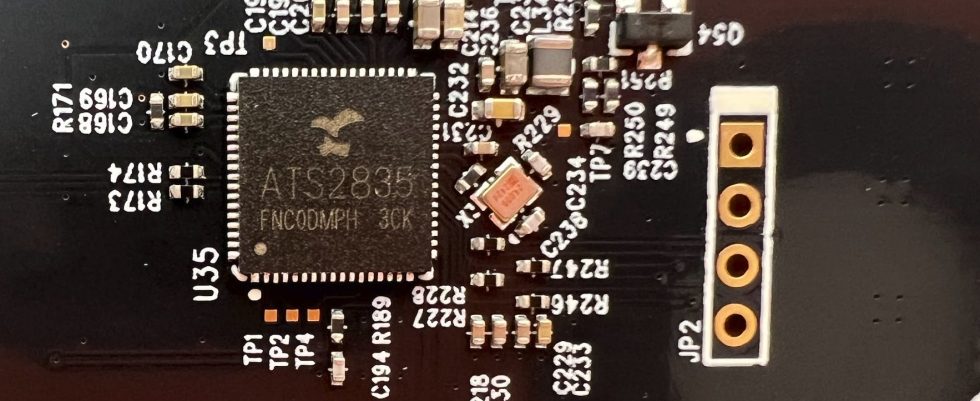
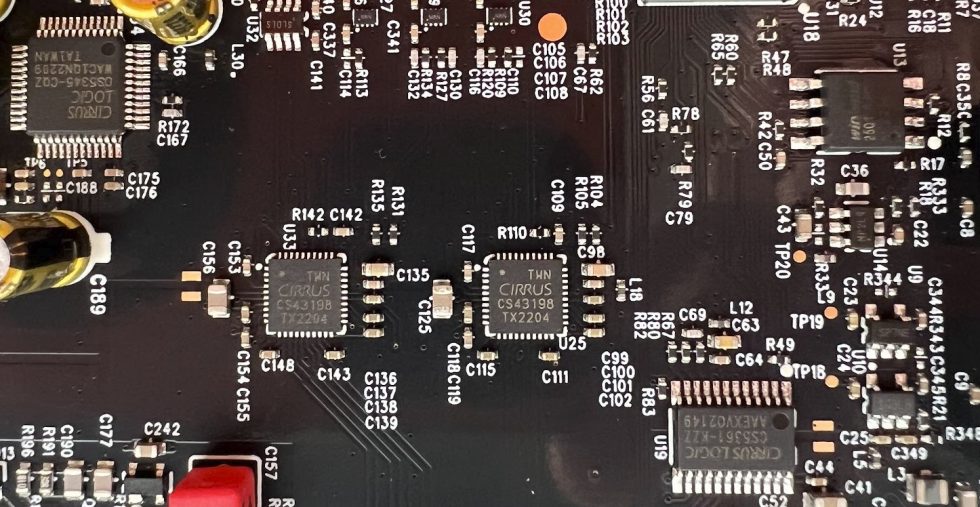
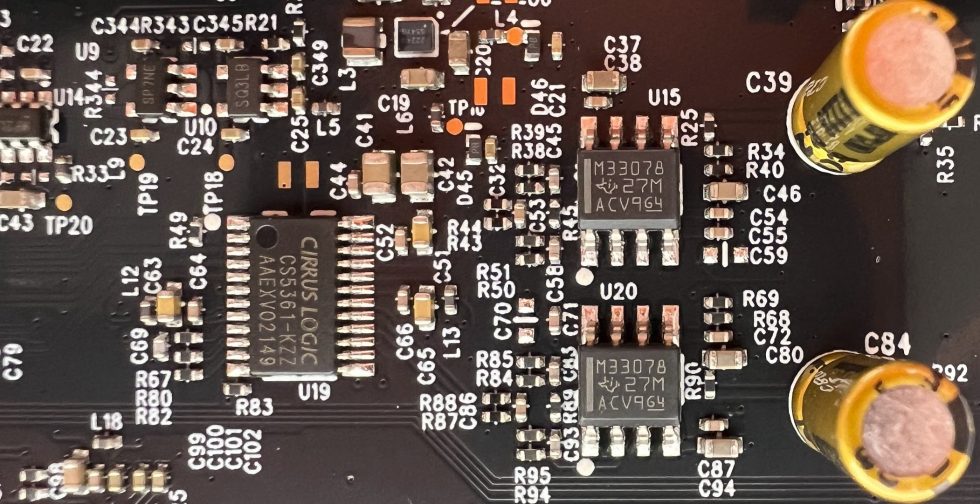
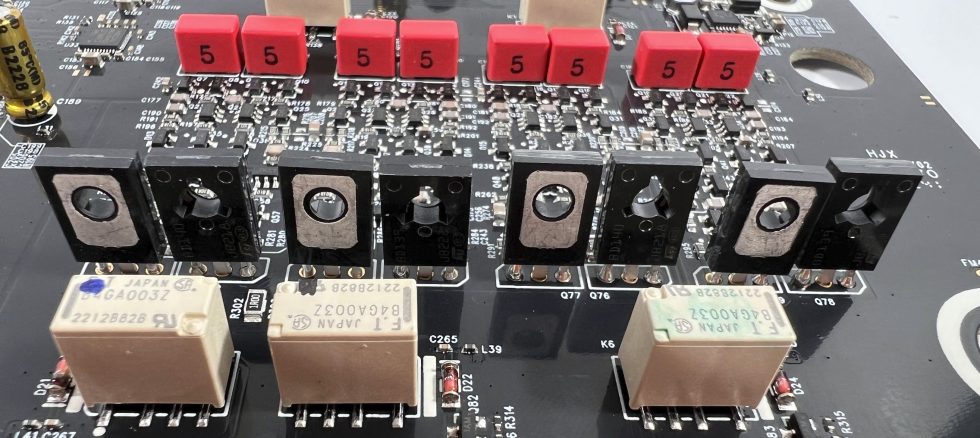




















59 Antworten
Kommentar
Lade neue Kommentare
Veteran
Urgestein
Urgestein
Mitglied
1
1
Mitglied
Mitglied
Urgestein
Urgestein
Mitglied
Mitglied
Urgestein
Mitglied
Urgestein
Urgestein
Urgestein
Urgestein
Urgestein
Alle Kommentare lesen unter igor´sLAB Community →